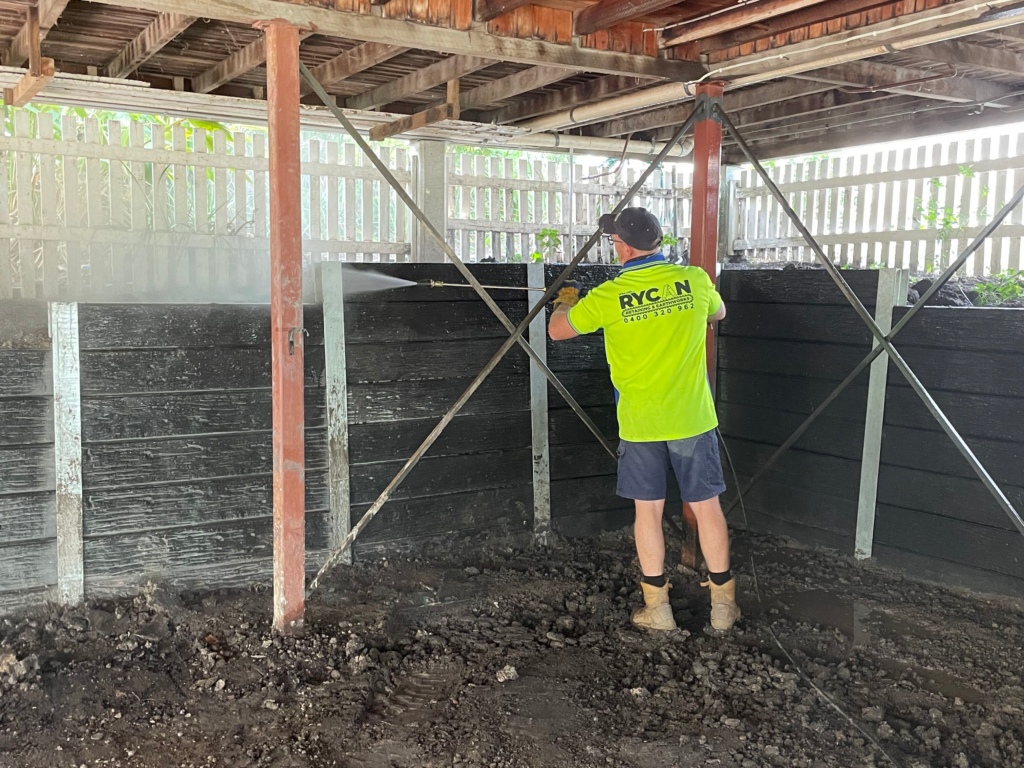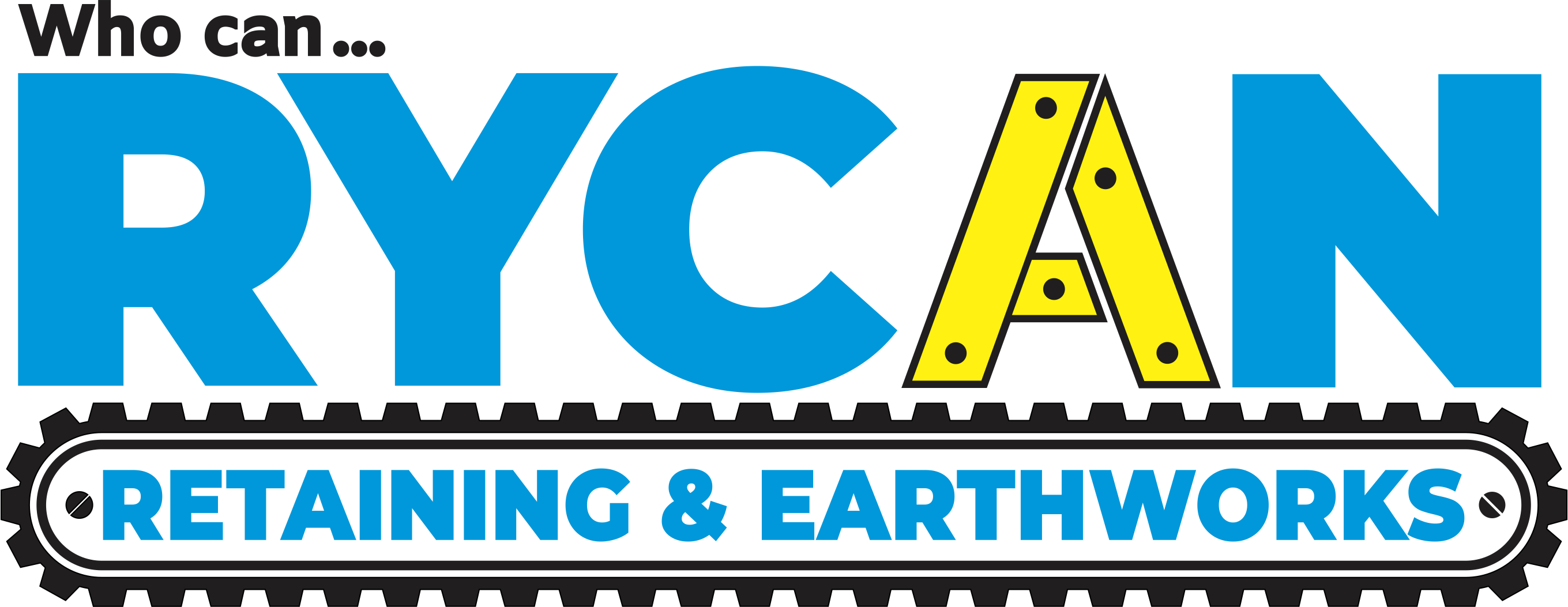Planning a retaining wall? Before construction begins, there are three key professionals you’ll need: a structural engineer, a QBCC-licensed builder and a Certifier. This guide walks you through each step to ensure your project is compliant, cost-effective, and built to last.

Stage 1: Engage a Structural Engineer
Your first step is to contact a local structural engineer. A local expert can save you money on travel costs and may already be familiar with your area’s soil type—potentially reducing the need for additional soil testing.
What to Discuss with Your Engineer:
- The reason for the retaining wall
- Your preferred retaining wall type (e.g., gravity vs. piered)
- Site access and space constraints
- Budget and aesthetic goals
While a structural engineer’s primary responsibility is to ensure the structural integrity of a retaining wall—considering factors such as materials, load-bearing capacity, and environmental conditions—it’s equally important that they understand your budget and aesthetic preferences. Failing to communicate these aspects early on may result in plans that are either financially unfeasible or misaligned with your vision for the space.
What May Be Included in Your Engineering Quote:
- Site inspection
- Soil testing
- Utility and easement searches
- Drafting of engineering plans and issuance of a Form 15 – Compliance Certificate
- Geotechnical report (if required)
- Operational Works Plan (if required)
- Up to two site inspections during construction which will result in the issuance of a Form 12 – Aspect Inspection Certificate (previously known as a Form 16)
![]() Pro Tip: A Form 12 certifies that specific components of your structure—like pier holes or drainage systems—meet engineering standards, especially when they’re not visible during final inspections.
Pro Tip: A Form 12 certifies that specific components of your structure—like pier holes or drainage systems—meet engineering standards, especially when they’re not visible during final inspections.
Step 2: Hire a QBCC Licensed Builder
Once your engineer provides draft plans, the next step is to engage a QBCC-licensed builder with the right experience and equipment, like Rycan Retaining and Earthworks.

What to Do:
- Ensure they are not only licensed to construct retaining walls but also experienced with the specific type you require—whether it’s a concrete sleeper wall, rock wall, or block wall—and capable of building to the necessary height.
Note: Not all retaining wall licences cover every type or size of wall, so it’s essential to confirm their suitability for your project. - Send the draft plans to the builder
- Request a site visit before finalising the quote
- Confirm material being used e.g. grade, colour, texture
Why a Site Visit Matters:

It helps avoid unexpected costs due to:
- Machinery access issues
- Over-engineered or incorrectly drafted plans
- Unforeseen soil or site conditions
A skilled builder will proactively reach out to the engineer if they notice any discrepancies or have concerns. Builders work with a wide range of engineering plans throughout their careers. Their trained eye can quickly spot issues that may not align with practical construction methods, ensuring your project stays on track and within scope.
Legal Requirements:
- Deposits:
- 10% for contracts under $19,999
- 5% for contracts $20,000 and over
- Contracts: Required for work over $3,300 (including GST)
- Consumer Building Guide: Must be provided for contracts over $20,000
![]() Pro Tip: Depending on your wall type, your builder must hold the correct QBCC licence class—either Builder – Open Class or Builder – Structural Landscaper. A QBCC Licensed Landscaper cannot legally build a retaining wall over 1 metre high. Always ask to see their physical licence.
Pro Tip: Depending on your wall type, your builder must hold the correct QBCC licence class—either Builder – Open Class or Builder – Structural Landscaper. A QBCC Licensed Landscaper cannot legally build a retaining wall over 1 metre high. Always ask to see their physical licence.
QBCC Home Warranty Insurance:
For retaining wall projects exceeding $3,300 within a building’s influence zone (1.5 metres), your builder is required to pay the QBCC Home Warranty Insurance premium on your behalf. This cost must be included in your quote before you approve the project and sign the contract. This insurance provides protection against:
- Non-completion
- Defective work
- Subsidence (for up to 6 years)
Refer to the QBCC Home Warranty Insurance Scheme website for further information.
Step 3: Building Certifier/ Town Planner

A Building Certifier is a qualified professional responsible for preparing and lodging all necessary documentation with your local Council—often working in collaboration with a Town Planner. They are experts in building legislation, Council requirements, and Government regulations related to construction and town planning.
Your Building Certifier will manage the submission of your Building Approval, Operational Works Permit, and any other required applications, ensuring compliance and streamlining the approval process. Once approved, construction can begin.
After construction, the Certifier performs a final inspection and if any issues arise a Form 16 – Inspection Certificate outlining any defects that must be rectified by the responsible trade. If the final inspection is performed and everything is exactly as it should be, then the Certifier will issue a Form 21 – Final Inspection Certificate. These forms, along with the Engineer’s Form 15 and 16, are submitted to the Council to legalize the structure.
By following these three steps—engaging a structural engineer, hiring a licensed builder, and working with a certifier—you’ll ensure your retaining wall is built to code and approved by council. Need help getting started? Contact us for expert advice or a quote.

